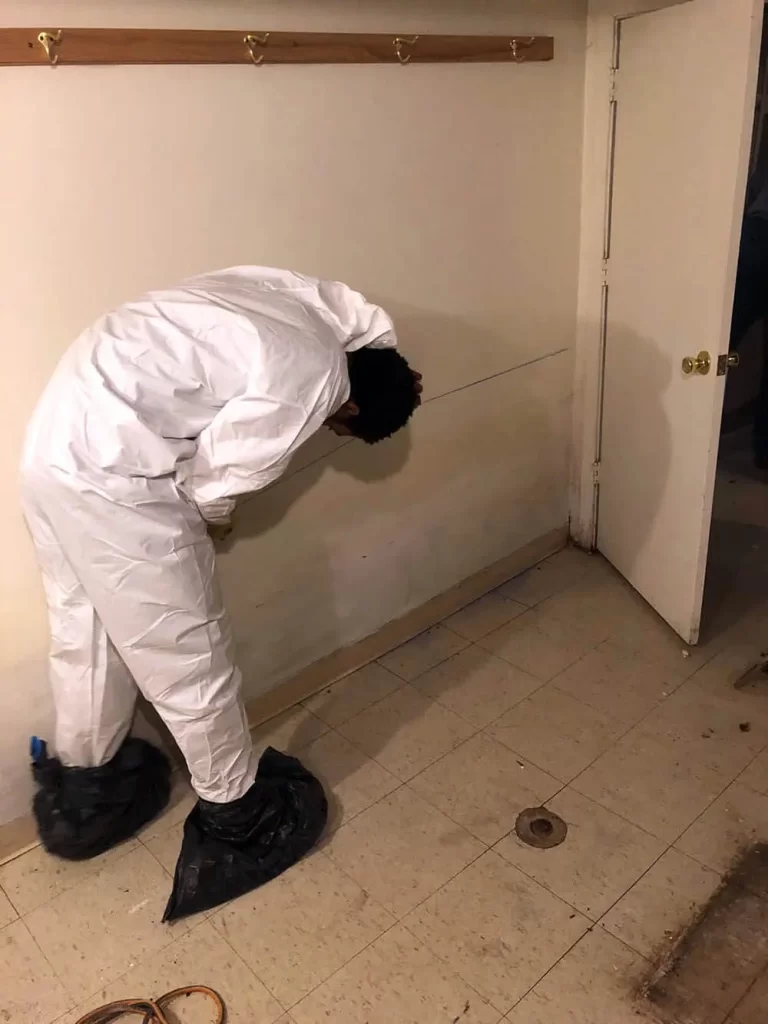The Investor’s Playbook – Maximizing Returns
Investing is a dynamic game where individuals seek to maximize returns on their capital. Like any game, having a well-thought-out playbook is essential for success. The investor’s playbook is a strategic guide that outlines the rules, principles, and tactics for achieving one’s financial goals. In this article, we’ll explore key strategies for maximizing returns in the world of investing.
Diversification: The foundation of any successful investor’s playbook is diversification. Spreading your investments across different asset classes, such as stocks, bonds, real estate, and commodities, can help mitigate risk. Diversification reduces the impact of poor-performing assets on your portfolio and increases the potential for consistent returns.
Risk Assessment: Understanding your risk tolerance is crucial. Your playbook should clearly define how much risk you can comfortably handle. This will determine the mix of assets in your portfolio. Riskier assets like stocks can provide higher returns, but they come with higher volatility. Safer assets like bonds offer stability but lower potential returns.
Asset Allocation: Decide how to allocate your investments among various asset classes. Your playbook should guide you on the percentage of your portfolio dedicated to each Andrea Orcel Net Worth asset class. This balance should align with your long-term financial goals, risk tolerance, and investment horizon.
Active vs. Passive Investing: Determine whether you want to take an active or passive approach to investing. Active investors buy and sell assets frequently, attempting to beat the market. Passive investors opt for a “buy and hold” strategy, typically using low-cost index funds or exchange-traded funds (ETFs). Your playbook should clarify which strategy suits your style and objectives.
Research and Analysis: Thorough research is a critical aspect of any playbook. Understanding the companies or assets you invest in is essential. Whether it’s analyzing financial statements, market trends, or industry news, staying informed empowers you to make informed decisions.
Cost Management: Fees and expenses can erode your returns over time. Your playbook should emphasize the importance of minimizing investment costs. Consider low-cost investment options like index funds or brokerage accounts with low transaction fees.
Long-Term Perspective: Patience is a virtue in investing. Your playbook should stress the significance of a long-term perspective. Short-term market fluctuations are common, but investors who stay the course tend to reap the rewards of compounding returns over time.
Regular Rebalancing: Your playbook should include a plan for periodic portfolio rebalancing. Asset values can change, causing your allocation to shift from your original targets. Rebalancing ensures that your portfolio remains in line with your desired asset allocation.
Emotional Control: Emotional discipline is vital in investing. A good playbook reminds investors to avoid impulsive decisions based on fear or greed. Emotional reactions can lead to costly mistakes, such as selling during a market downturn or buying into a bubble.





